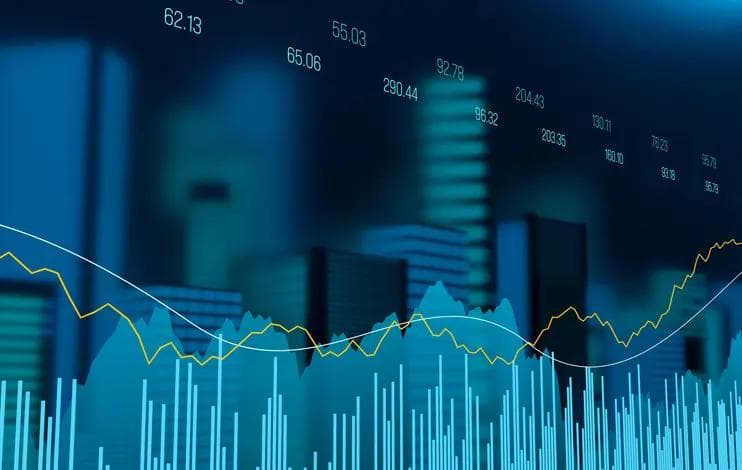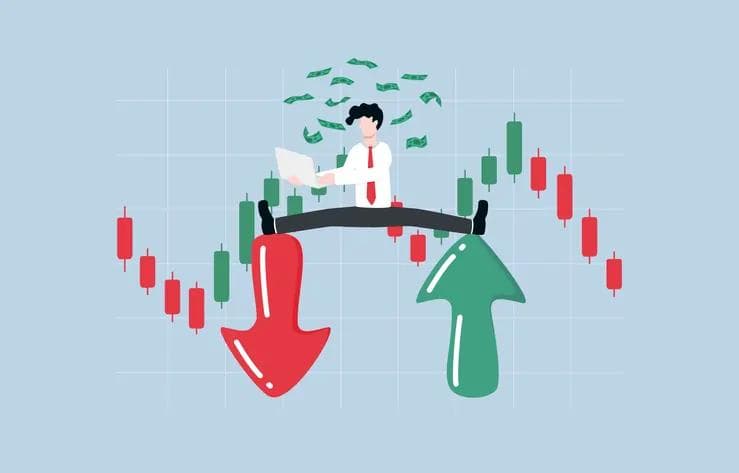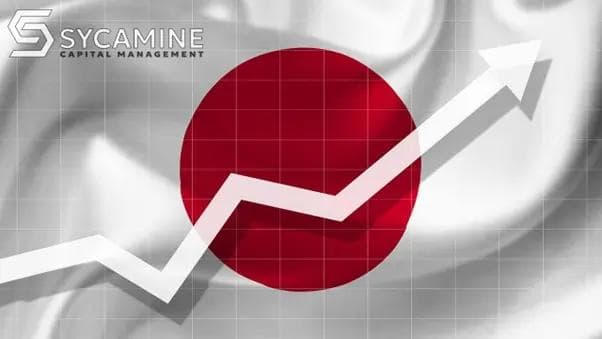Interest Rates Hike Pushes Singapore Banks Stocks To A High
Interest Rates Hike Pushes Singapore Banks Stocks To A High
Published by Jessica Weisman-Pitts
Posted on February 9, 2022

Published by Jessica Weisman-Pitts
Posted on February 9, 2022

The impending US Fed interest rates hike to tame inflation has indirectly helped pushed Singapore banks’ stocks to a high. At the time of writing, the local bank stocks have risen about 13 to 17%, outperforming the Straits Times Index by 4 to 8%.
As per the US Federal Reserve’s signal on sooner-than-expected rate hikes, Singapore’s banks expect a net interest margin upside as early as 2023.
However, this begs the question: how will rate hikes impact local banks in Singapore? More importantly, why did MAS tighten Singapore’s monetary policy?
The Response of Singapore’s Central Banks
Singapore’s central banks have tightened their monetary policy in mid-January 2022. This is not an exceptional move as central banks globally start unwinding massive stimulus pumped into global economies during Covid-19. For example,
Selena Ling, the current head of treasury research at OCBC, states that MAS will further tighten its monetary policy in April, stating that the current change is only a “slight tightening.”
By the end of 2022, Singapore’s bellwether economy is believed to grow 3% to 5%, which is the strongest its been since October 2015.
Why MAS Tightened Singapore’s Monetary Policy?
In an unprecedented act, the Monetary Authority of Singapore (MAS) has tightened its monetary policy after 1.5 years of neutral currency appreciation stance. This is a significant leap by the MAS, as it last raised the rate of appreciation of S$NEER (Singapore dollar nominal effective exchange rate) in 2018.
MAS guides monetary policy using S$NEER as a lever instead of targeting interest rates like other central banks. Leveraging the exchange rate is a more effective monetary policy tool for a small and open economy like Singapore’s whose total trade are more than 300% of GDP.
The central bank gave two primary reasons as to why they raised the country’s monetary policy: rising core inflation and future economic growth.
The increase of S$NEER rate allows the country to improve the monetary value of its currency at a faster pace. Services and imported goods are expected to become less expensive, while Singapore’s exports are expected to become dearer.
Despite near-term uncertainties, especially with Covid-19 still on the rise, the global economy is expanding and rebounding at an unexpected pace. Singapore’s own economy is expected to continue its recovery as it gradually reopens its domestic economy.
How Rates Hikes Impact Local Banks in Singapore?
The US Fed is the world’s biggest economy and Singapore’s third-largest trading partner as of 2020.
The biggest impact of the hike would be an expected increase in the cost of borrowing. Local banks might increase interest on commercial mortgage and business loan for SMEs in Singapore. Analysts forecast interest rate could rise as much as 1.5% to 1.75%.
As interest rates and bank profitability are directly connected, local banks will benefit from the expected increase on interest rates. NIM (net interest margins) will likely improve in the lead up to rates hike.
If GDP figures improve, wages grow in tandem and Singapore’s economy enters expansionary mode, more consumers and businesses might have improved appetite for financing and loans. Banks will likely be a direct beneficiary on the interest rate spreads.
With that said, the surge in interest rate will also benefit savers and investors. Deposit and saving account rates will increase correspondingly after borrowing rates are hiked. Investors might find it challenging though to beat inflation rates amidst a high interest environment.
For this reason, investors have already begun pricing in premiums for Singapore bank loan margins due to the expected interest rate hikes.
What’s the Impact on Singapore Bonds?
Bonds are especially sensitive to interest rate changes. When the Fed increases the interest rates, the market prices of existing Singaporean bonds will immediately drop. When prices rise, the central bank raises its target rate to lessen economic overheat.
Bond yields are expected to increase. At the time of writing, Singapore Savings Bonds (SSBs) for March’s issuance has hit an average return of 1.79% over 10 years. This is the highest rate since 2019.
Conclusion
The US Fed’s plan for a rate hike is a double-edged sword for Singaporean citizens and local banks.
On one hand, savers benefit from higher returns.
On the other, businesses and consumers will likely have to cut down on spending as prices on goods increase. Higher interest rates make it more expensive for people to service loans and mortgages, making buying or selling homes and other high-ticket items more difficult.
Local banks will be direct beneficiaries of the pending rates hike, as reflected in strong net institutional inflows and rising share prices.
Explore more articles in the Investing category











